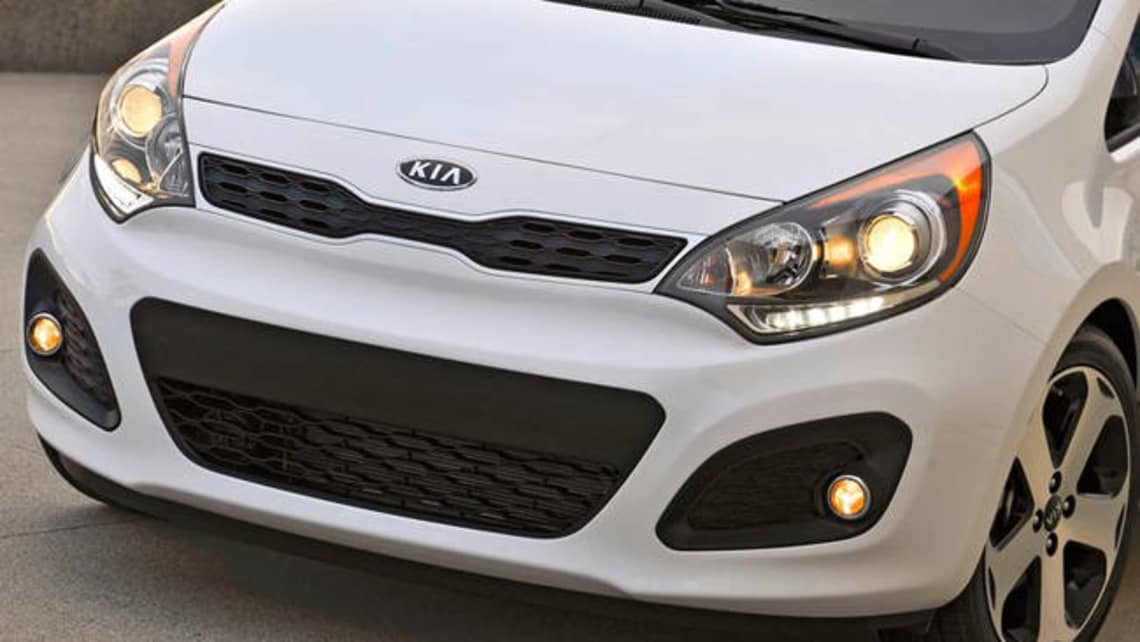
Kia plans 1.1-litre diesel
- Kia Rio
- Kia Rio 2012
- Kia Rio 2011
- Kia Rio 2013
- Kia Rio 2014
- Kia Rio 2016
- Kia Rio 2009
- Kia Rio 2010
- Kia Rio 2015
- Kia News
- Kia Hatchback Range
- Hatchback
- Kia

Big-engined family cars are marking time as carmakers find new ways to make tiny engines do the same work.
Even engineers say the change over the past 10 years has caught them out. Few would have bet on a 2-litre, four-cylinder Falcon.
Kia’s powertrain manager in Europe, Dr Joachim Hahn, says the move to downsize engines wasn’t predicted a decade ago but clearly makes sense.
He is planning a 1.1-litre diesel engine for the Rio small car that will achieve a fuel economy of about 3.5 litres/100km - about half the current average for the small car class.
“Downsizing is a strategy we see as being the future,’‘ he says. Even the GT (Kia’s new large-car concept) will work well and lose little of its sporty nature when fitted with a 2-litre, four-cylinder engine.’’
The 1.1-litre three-cylinder diesel claims 85 grams/km of CO2 emissions - a figure that Dr Hahn says was “unachievable’’ 10 years ago.
“For us in Europe, getting small car emissions down gives us the freedom to make bigger cars - so maybe the GT can have a V8.’’
Kia experimented with its Optima when it entered the US market last year by dropping the V6 engine in its predecessor and offering only four-cylinder engines.
“We held our breath,’‘ he says. But no one complained. We replaced the V6 with a turbocharged four-cylinder engine and we had better than expected sales and customer feedback.’’
But Dr Hahn cautiond about taking the downsizing to far. “There are many variables,’‘ he says. Some markets expect performance from the car and a small engine will have to work so hard to meet expectations that any fuel economy benefit will be lost.
“For example, we could put the 1-litre, three-cylinder turbocharged petrol engine into the Cerato. But it may not suit al customers in all markets.”








Comments